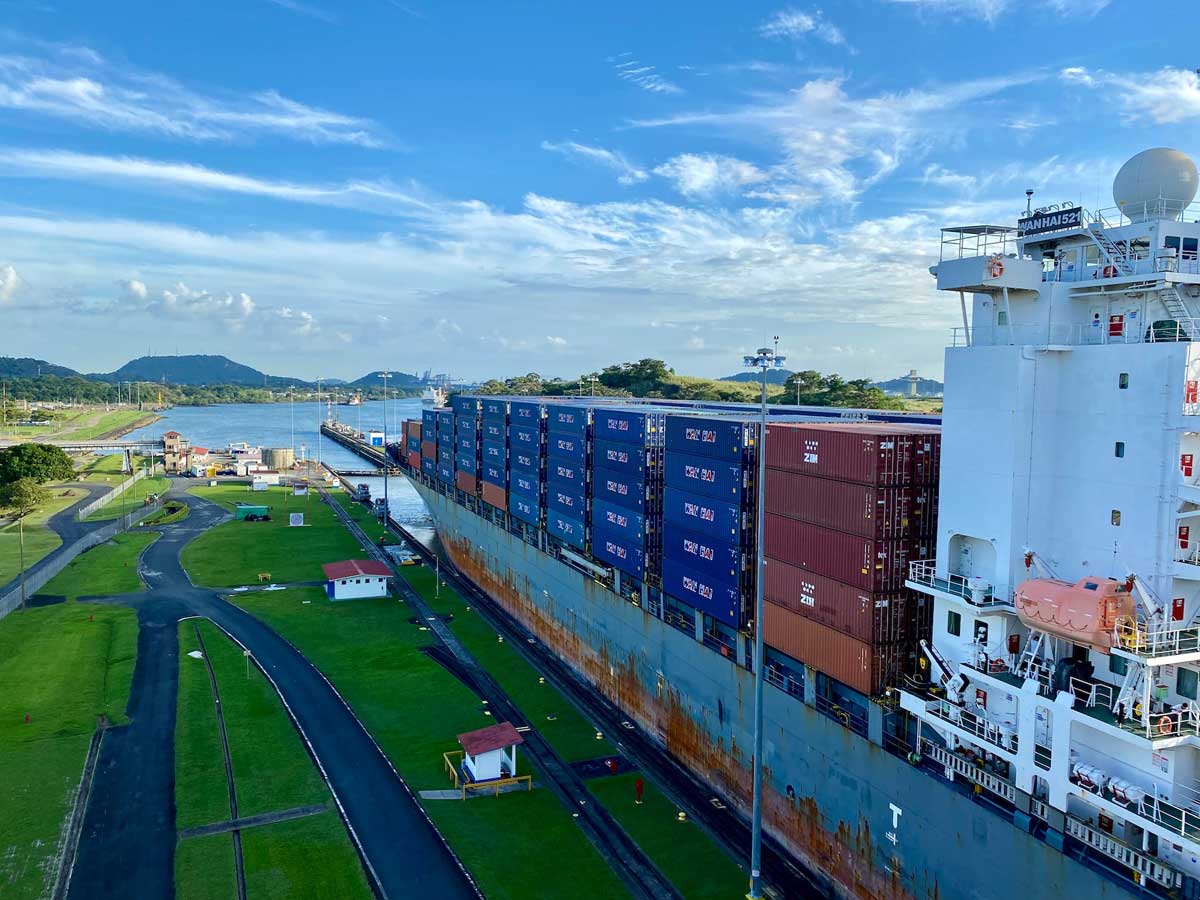An epic drought in what was supposed to be Panama’s rainy season has brought the level of Gatún Lake — the freshwater reservoir that feeds the locks needed to move ships along the canal — to perilous lows, almost 6 feet below where they were a year ago. This has bottled up traffic in a waterway that handles about 5 percent of global maritime trade, including nearly half the containers shipped from ports in Northeast Asia to the eastern United States.
Long queues of idle ships have formed at the ends of the canal. While recent rain allowed traffic to begin to reverse the steep decline that started in autumn, at 24 ships per day it remains well below the pre-drought transit of about 36. Tonnage of cargo through the canal fell from the start of the usual rainy season in May to September, pushing shippers to look for alternative routes and snarling supply chains in sectors such as agriculture and energy.
The Panamanian government is scrambling to engineer a fix and save a canal that generates more than $3.3 billion in tolls, a major contributor the country’s economy. Still, the prospect of continued drought raises a critical question: To what extent can a long-term solution be engineered in the face of inevitable changes to the climate?
The Panama Canal is in a particularly vulnerable position, requiring enormous amounts of fresh water to operate the locks that raise ships to cross this strip of land between the Atlantic and the Pacific. Much of this water is flushed out to sea — mixed with seawater and thus too briny to be diverted to agriculture or human consumption.
The canal’s customers are getting antsy. Maybe Panamanians can engineer a fix that buys some time. But it’s not certain that Panama can come up with a definitive answer. Coming on top of other challenges — including the United States’ new protectionism and its rising tensions with China, as well as Houthi attacks snarling trade through the Suez Canal — the Panama drought adds to a rising uncertainty over the future of globalization.
Sure, some lucrative shipping routes have opened up in the Arctic. But what happens to the global economy if, along with everything else, companies must turn to moving cargo overland or shipping it around South America through the Strait of Magellan?
